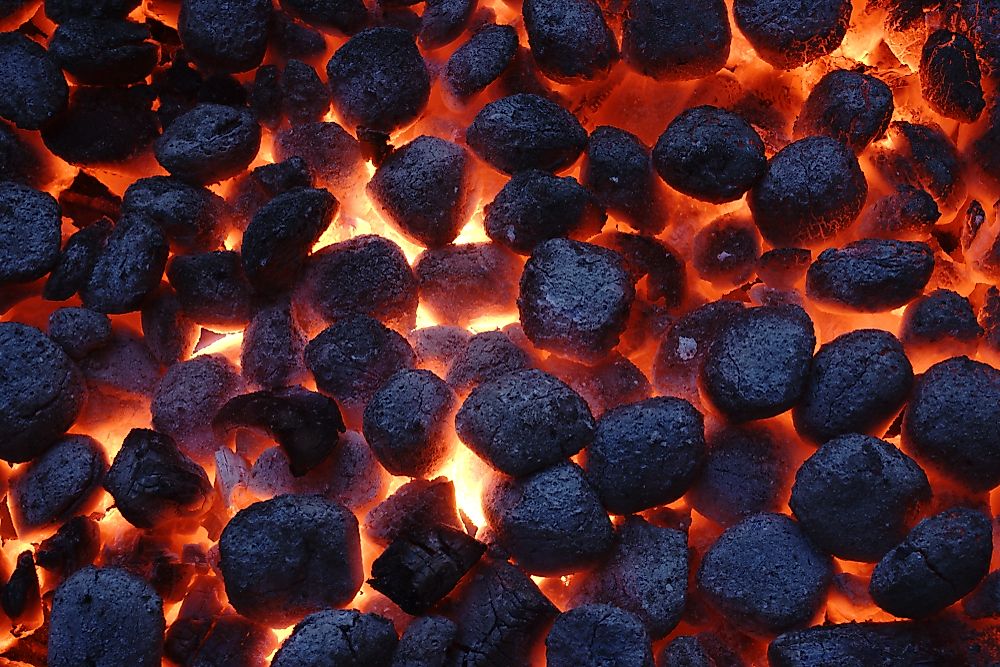12 Countries Predominately Burning Solid Fuels For Energy

By 2010, the proportion of people using solid fuels decreased globally to 41%. However, there are still nearly three billion people worldwide who still depend on solid fuels for household uses of cooking and heating. In Africa, the proportion of residents dependent on solid fuels is in fact still increasing and is 77%. In Southeast Asia, 61% of the population utilizes solid fuels. The use of this fuel variety ranges from 46% in the Western Pacific, to 35% in Eastern Mediterranean and is less than 20% in Europe and the Americas.
Patterns of solid fuel use
Solid fuels are used in Africa, Asia, and Latin America in both rural and urban households. In Latin America. There are only a few countries which rely on solid fuels. In most of the others, it is only a small proportion of the population, up to 10%, that use solid fuels. In general, use of solid fuels is more prevalent in rural than urban communities. For example, 99.9% of rural people in Burundi and Ethiopia use solid fuels, while its use among urban communities in Ethiopia (72.9%) is less than in Burundi (98.1%). The choice of material depends on its availability and the level of income of the household. In rural areas the fuel of choice are biomass and waste. In the urban areas, it is wood, charcoal, and coal. Dung cakes or balls are commonly used in Asia and Latin America, while wood, branches, and other plants parts are common sources of solid fuel in Africa and Asia. Solid fuels like wood, peat and crop residues or animal waste are considered as clean fuels, as they do not have any contaminants. However, they are used in traditional stoves or open fires which increasing the risk of indoor and neighborhood pollution, as well as greenhouse gas emissions. Coal has different health and environment impacts since it has several toxic contaminants like sulfur, mercury, lead, arsenic, fluorine, etc. There is low particulate emission when it is burned in simple stoves. However, carbon monoxide released during the use of coal has in some cases led to overnight poisoning in households, and the production of coal is polluting. Furthermore, coal and peat are not renewable as their formation takes millions of years.
Changing trends
With increasing prosperity, people tend to switch their fuels progressively from biomass and waste to wood and charcoal, then to coal. Higher in the energy hierarchy comes the liquid and gas fossil fuels as well as electricity. While individuals are self-sufficient in collecting or producing biomass, the supply of fossil fuels and electricity depends on government and private agencies. As a result, the availability of these more expensive fuels can be uneven. Universal access to the fossil fuels and electricity is also hindered by the rapid expansion of urban communities as a result of migration from rural areas. Conversion to non-solid fuels is masked by the increase in population in these countries so that the current global use of solid fuels is the highest ever recorded in human history.
12 Countries Most Dependent Upon Burning Solid Fuels For Energy
| Rank | Country | % of Population with Access to Non-Solid Fuels |
|---|---|---|
| 1 | Guinea-Bissau | 2.0% |
| 2 | Mali | 2.0% |
| 3 | Rwanda | 2.0% |
| 4 | Burundi | 2.0% |
| 5 | Liberia | 2.0% |
| 6 | Madagascar | 2.0% |
| 7 | Sierra Leone | 2.0% |
| 8 | South Sudan | 2.5% |
| 9 | Guinea | 2.6% |
| 10 | Laos | 3.1% |
| 11 | Ethiopia | 3.1% |
| 12 | Central African Republic | 5.1% |











